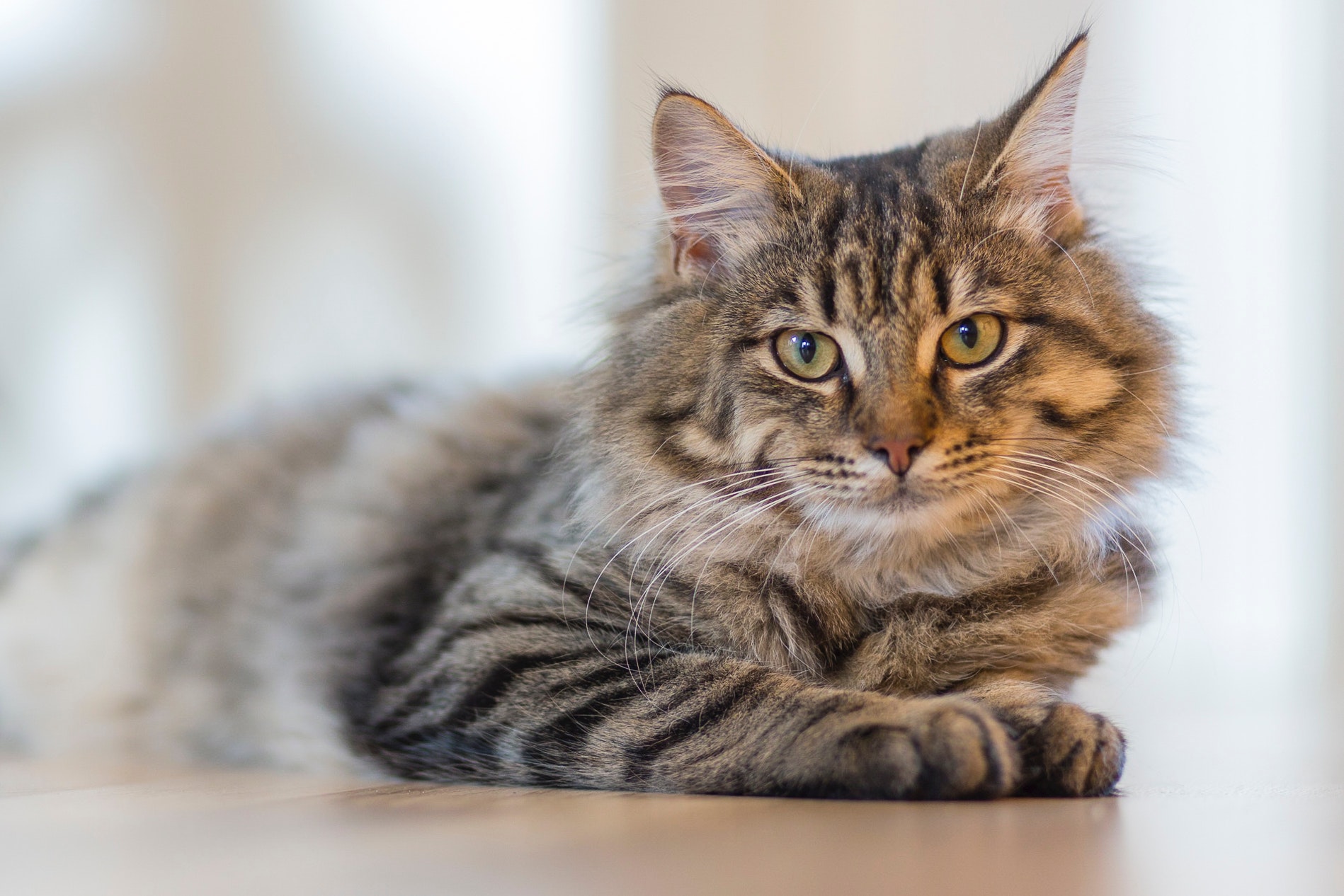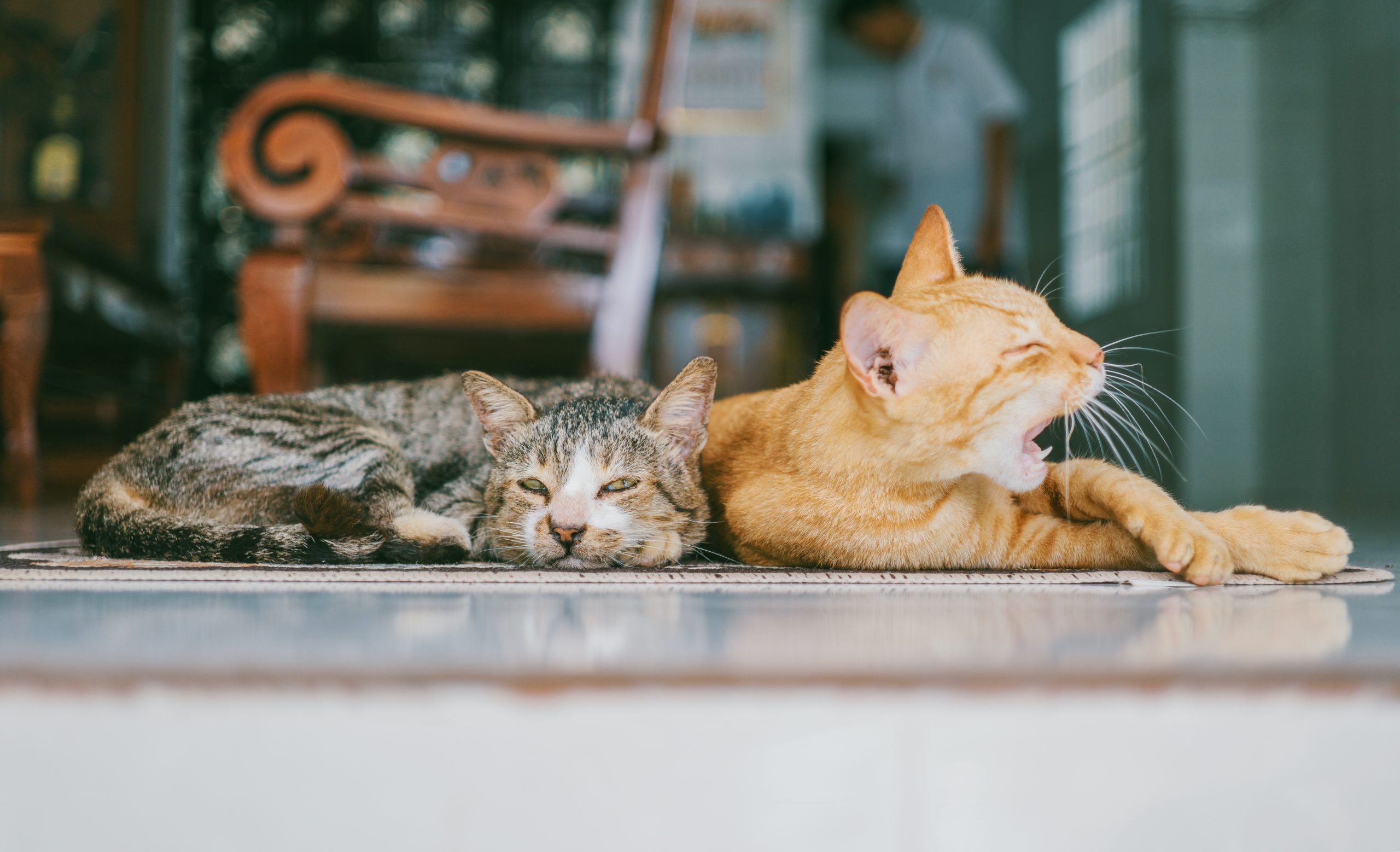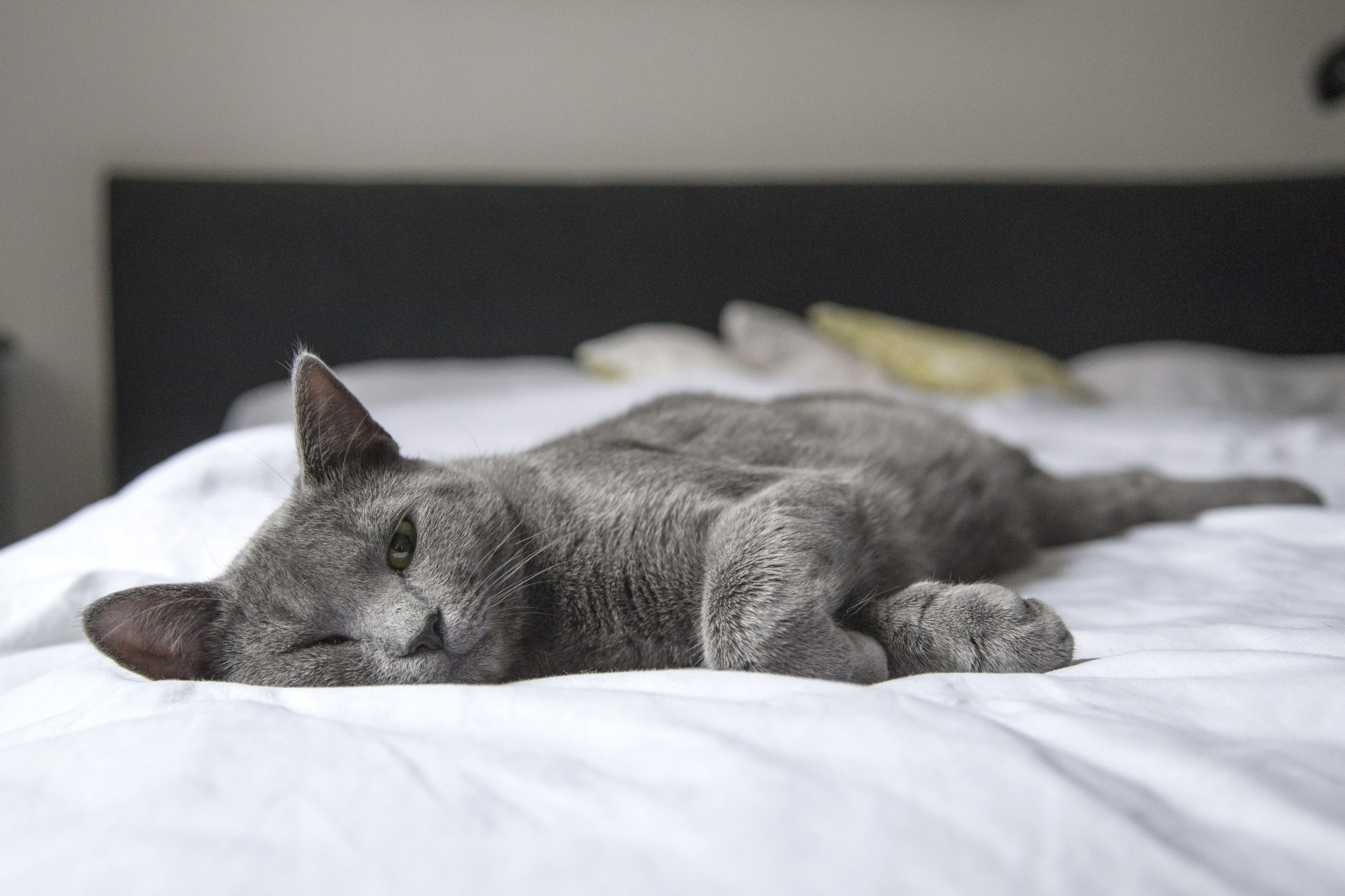Cats view babies and toddlers as different species to adult humans. Can you blame them!? It’s a remarkable although confusing perception, now that cats are living longer and can see their human children grow up!
Managing the arrival of a new baby and your cat
The key to managing the arrival of a new baby to the household is to understand that the biggest concern for your cat is the changes in routine and smells. It is also essential to manage the cat’s natural curiosity, while protecting the baby and the cat from each other’s unexpected actions.
Contrary to popular belief, cats don’t smother babies (that was the traditional explanation for SIDS deaths). They get into the cot because it is SOFT, WARM AND HIGH UP!
You have to decide BEFORE the baby comes home whether or not your feline friend will be allowed into the baby’s bedroom. If not, then the time to install the screen door and start preventing access is well before the new arrival (or NOW, if you already have the child).
Cats will learn not to go into rooms if they are NEVER allowed in there. They do not understand ‘sometimes you can and sometimes you can’t’. If you do decide to allow access to the nursery it’s a good idea to provide a shelf with a view of what is going on nearby. Your cat will probably be happier to sit there and watch what is going on. Aim to install the shelf and get your cat used to it before the baby arrives when everyone will be pushed for time and energy.
Cats are not big on the way babies move around in bed anyway, and on their shelf they can take on a supervisory role!
Many cats will keep their distance from babies and toddlers, but some cats really blossom with the arrival of the new baby, especially as it means someone is at home with them more. It’s PURRfect for them!
The best plan, however, is to try to establish a routine that the cat can count on, with feeding and playtimes for them as well. Always ensure they have an escape route to lessen their anxiety should the small human become too boisterous.
Will the cat attack my child?
It is rare for a cat to damage a child – especially before they become toddlers. They are remarkably tolerant of young children and will usually put up with significantly more sticky fingers and uncoordinated prodding. As long as they have an escape route they will depart the scene in preference to aggressive retaliation!
If the cat does lash out at the baby, check to see whether the problem was unavoidable for the cat, such as flapping hands connecting with the cat’s sore back.
Most dog bites occur when children are at the uncoordinated and unreliable stage of development and the same issue occurs for cats. However, as before, as long as the cat is still agile enough to get out of the way, that is what they will do.
Plastic ‘claw caps’ (see photo) can be used during this period of the child’s growth to prevent any accidental damage while the child develops.
Children learn as much from the cat as the cat learns about children, and most kids will respect a cat’s personal space, while the cat will have already retreated to its ‘safe place’ if it can!
About the Author
Dr. Kim Kendall, BVSc MANZCVS (Cat Medicine and Animal Behaviour) is one of the best known feline vets and behaviorists in Australia and the world.
 Since 1994 her dedicated cat-only veterinary, boarding and grooming centre, The Chatswood Cat Palace has been based on Sydney’s North Shore.
Since 1994 her dedicated cat-only veterinary, boarding and grooming centre, The Chatswood Cat Palace has been based on Sydney’s North Shore.
Dr. Kim has a passion for improving feline health, and wants the best emotional and physical wellbeing for all cats at home. She achieves this by incorporating real science to back up clinical judgement.
She is also a pioneering expert in the field of Feline Friendly Care at home and at the vet clinic and has written extensively on the subject.



